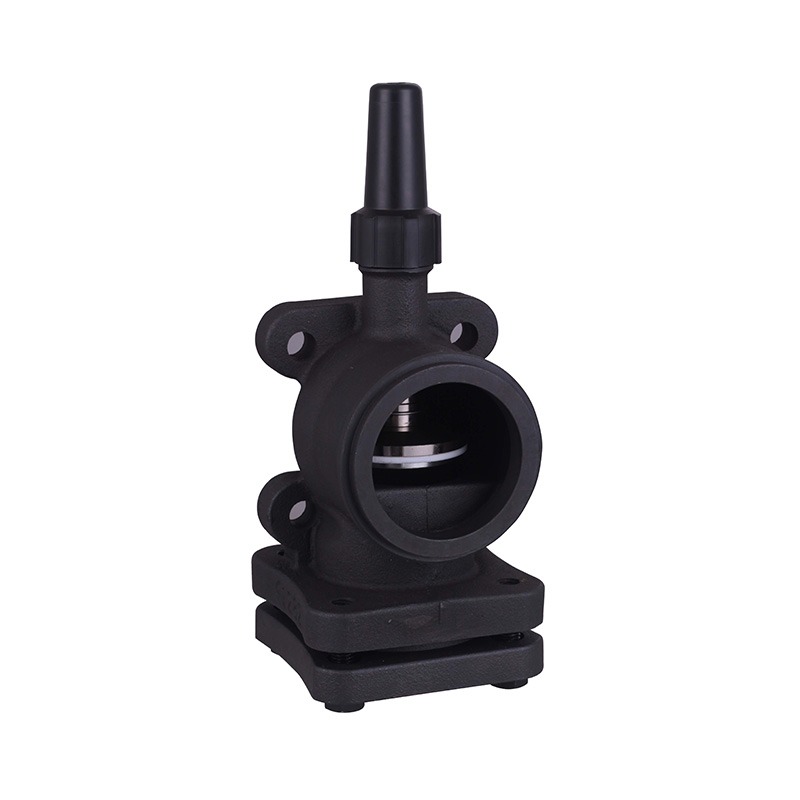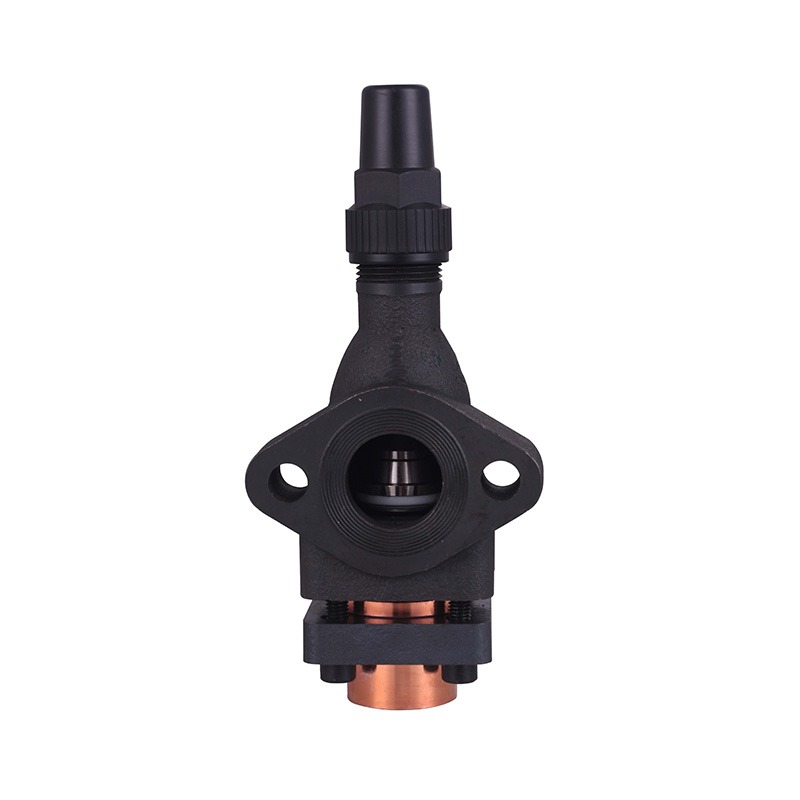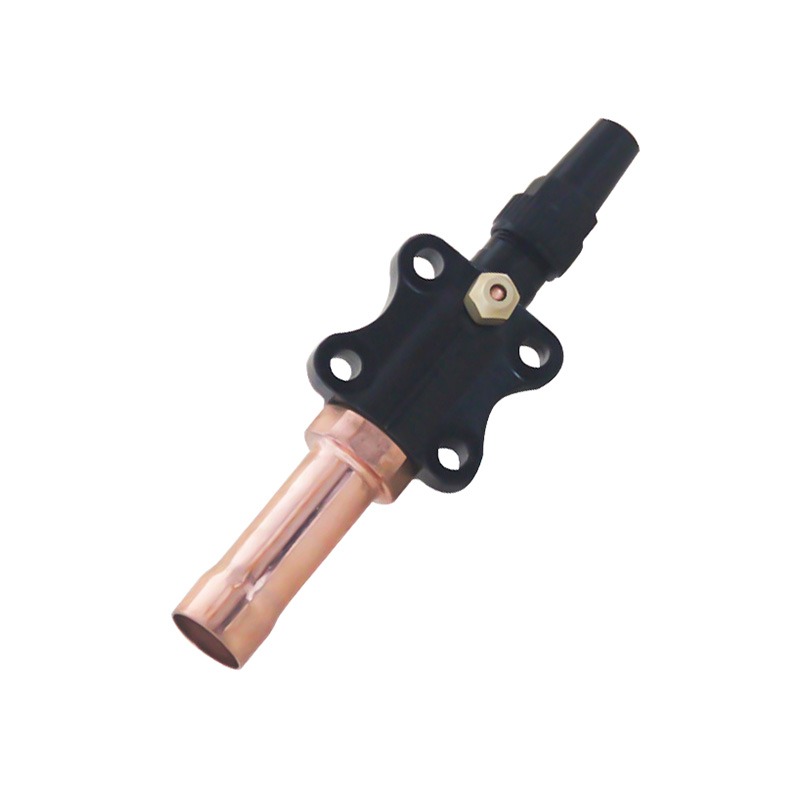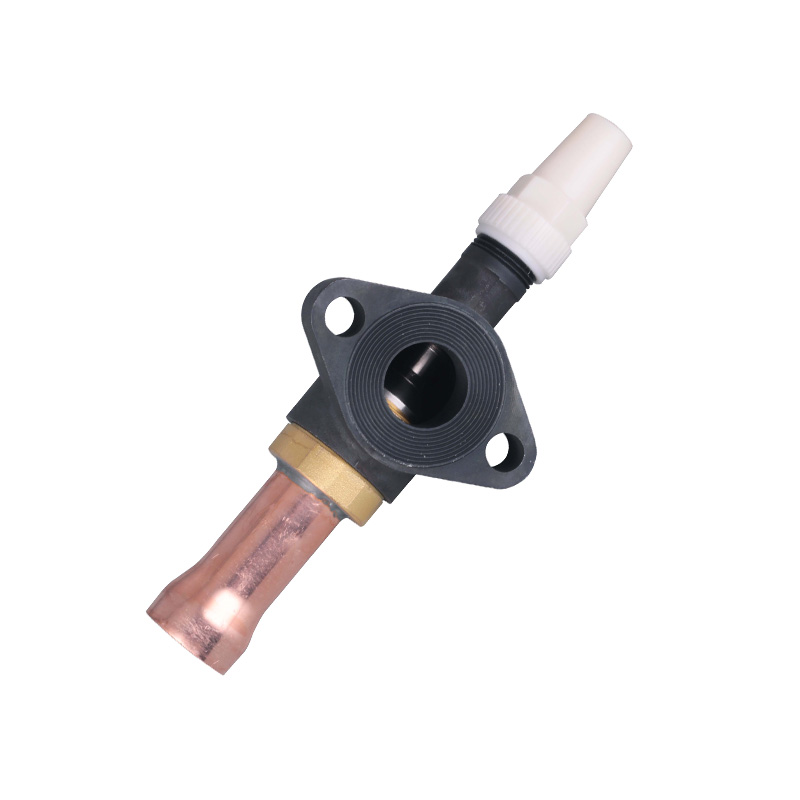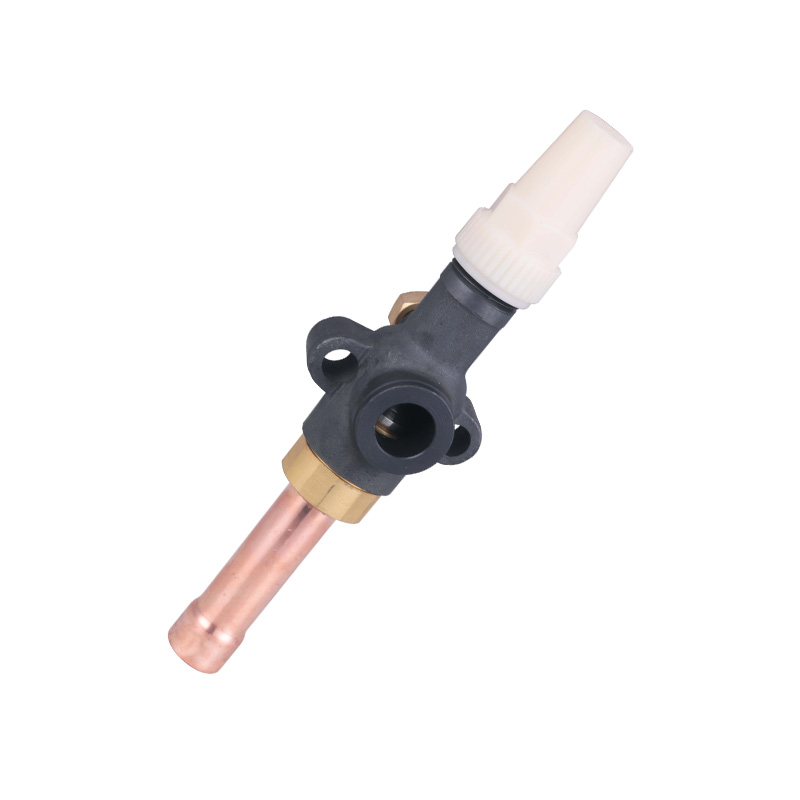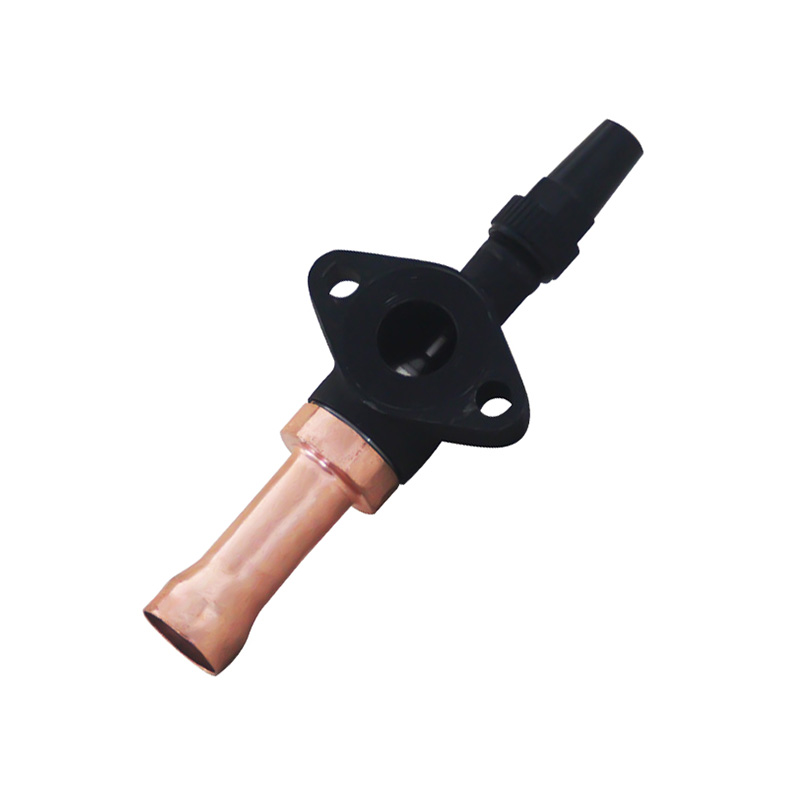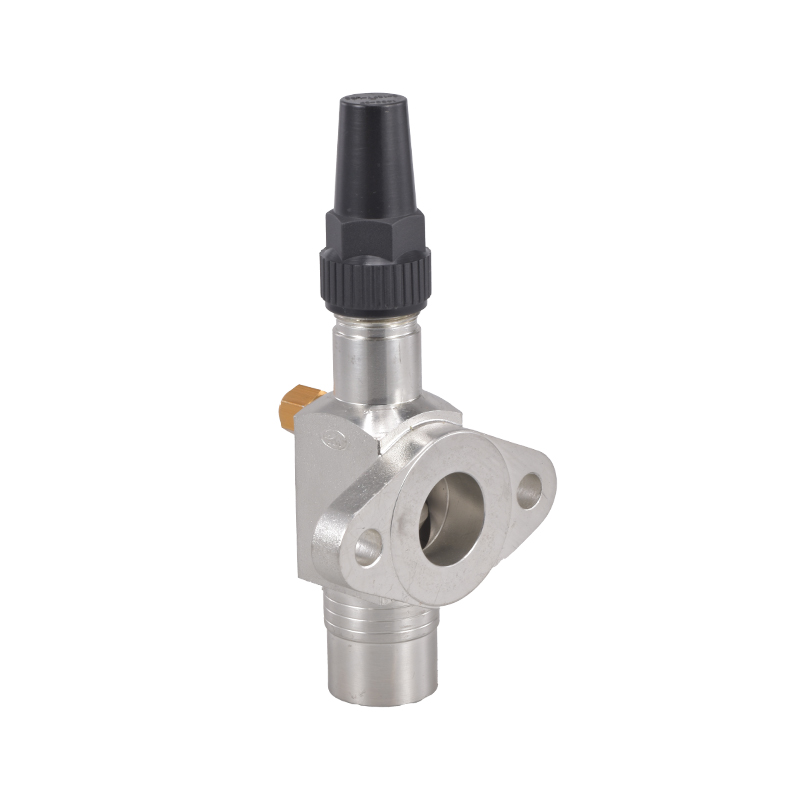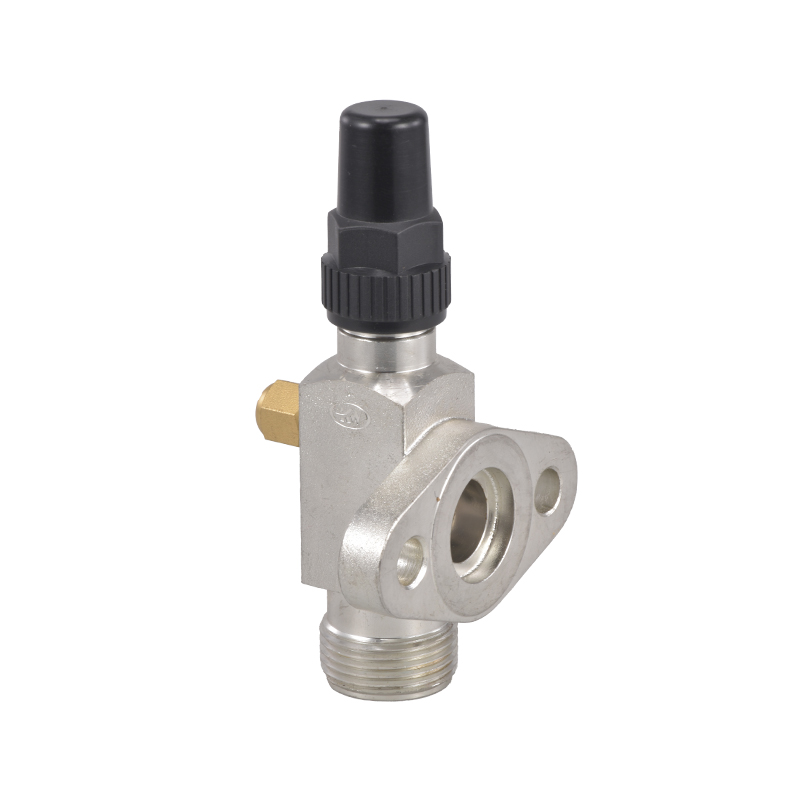What Are the Common Causes of Fouling in Shell and Tube Water Cooled Condensers?
 By Admin
By Admin
Fouling is one of persistent and costly issues in heat exchange systems, especially in a shell and tube type water cooled condenser. Found in everything from large industrial chillers to commercial HVAC units, these condensers are critical in rejecting heat from refrigerants into water. However, their efficiency can degrade significantly over time due to the accumulation of unwanted materials, or fouling, inside the system. Understanding the root causes of this fouling is essential for maintenance teams, plant engineers, and building operators who rely on the consistent performance of their shell and tube type condenser systems.
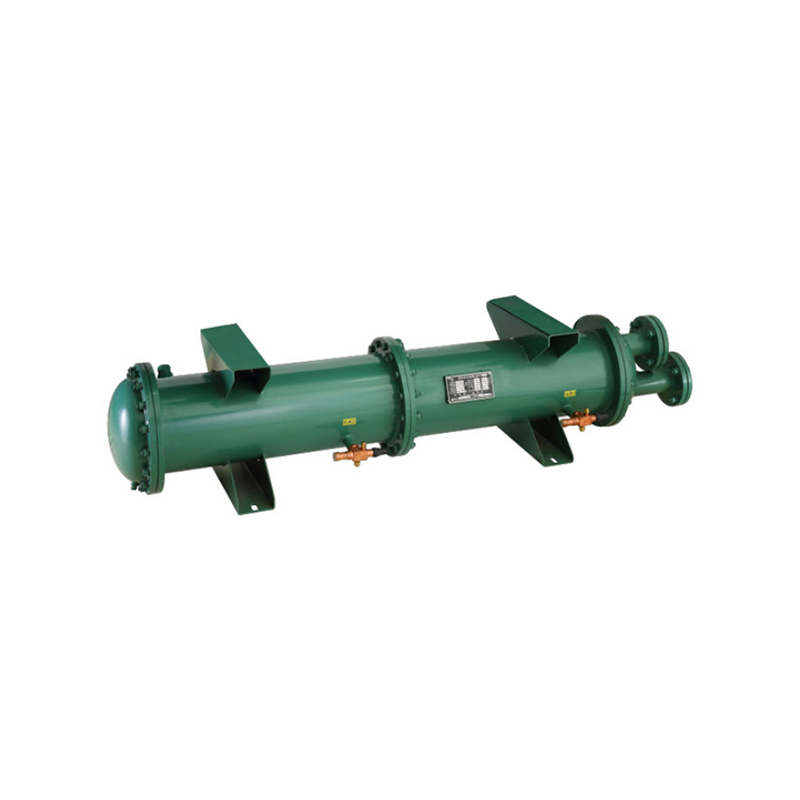
A typical horizontal shell and tube condenser consists of a large cylindrical shell containing numerous tubes through which water flows. Refrigerant enters the shell side, condenses on the outside of the tubes, and exits as a liquid. When fouling occurs, it usually builds up on the water-side tube surfaces, reducing thermal conductivity and hampering heat transfer. Over time, this buildup can raise energy consumption, increase operational costs, and even damage equipment.
One of the professional causes of fouling in a shell and tube type water cooled condenser is biological growth. When cooling water contains organic materials and is exposed to sunlight or warm temperatures, conditions become ideal for microbial growth. Algae, bacteria, and slime layers can develop rapidly, especially in systems that use untreated or poorly treated water. In a horizontal shell and tube condenser, this biological fouling tends to accumulate in areas where water flow is slower, causing uneven thermal performance.
Scaling is another common fouling issue, particularly in hard water regions. When calcium, magnesium, or silica in the water precipitates out due to high temperatures, it forms hard, mineral deposits on the tube surfaces. This is especially problematic in a shell and tube type condenser, where even a thin scale layer can dramatically reduce heat transfer efficiency. Once scaling takes hold, it often requires chemical cleaning or mechanical tube brushing to restore performance.
Corrosion-related fouling is also a frequent challenge. As water flows through the shell and tube type water cooled condenser, oxygen and other corrosive agents may react with metal components, producing rust or other corrosion byproducts. These particles can then settle within the tubes, adding to fouling and further accelerating degradation. A horizontal shell and tube condenser is particularly vulnerable if it's not made from corrosion-resistant materials or if water treatment protocols are lacking.
In some cases, debris and particulate matter in the water supply cause mechanical fouling. Dirt, sand, and other solids may enter the shell and tube type condenser through poorly filtered or unfiltered cooling towers. These particles settle in low-velocity zones and form deposits that reduce the effective cross-sectional flow area. If left unaddressed, this can cause complete tube blockage in severe cases.
Another less obvious but equally damaging factor is oil fouling. In systems where the horizontal shell and tube condenser is connected to compressors, refrigerant oil can sometimes carry over and coat the tube surfaces. This thin oil film acts as an insulator, significantly lowering heat transfer and compromising efficiency. While oil fouling is more common on the refrigerant side, its indirect effects on performance can still be felt throughout the shell and tube type water cooled condenser system.
To mitigate fouling, preventive measures are essential. Regular water treatment, filtration, and scheduled cleaning can extend the life and efficiency of any shell and tube type condenser. Monitoring water chemistry and using biocides or anti-scalants can reduce biological and mineral fouling risks. In critical applications, choosing a horizontal shell and tube condenser with enhanced tube surfaces or protective coatings can further combat fouling over time.
Fouling in a shell and tube type water cooled condenser can stem from biological growth, scaling, corrosion, debris accumulation, or oil contamination. Each of these issues reduces system efficiency and increases operational costs. By recognizing the early signs of fouling and implementing robust maintenance strategies, facilities can ensure their horizontal shell and tube condenser systems operate at peak performance, year after year.




 English
English русский
русский Deutsch
Deutsch
